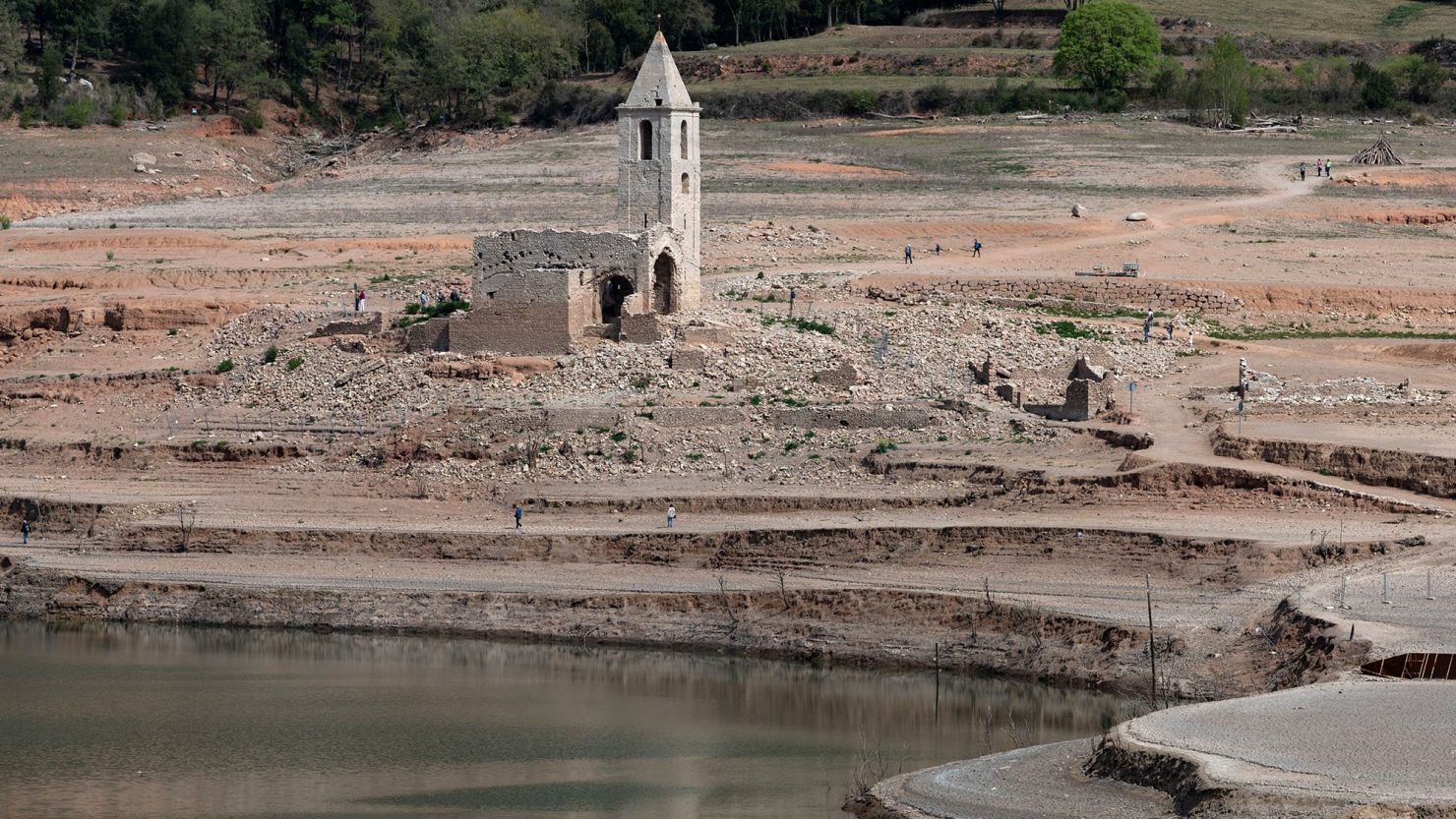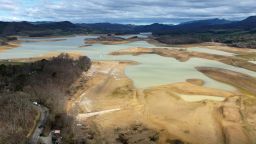A mass of hot and dry air blowing north from Africa has led to “exceptionally high” temperatures that are more “typical of summer” this week in central and southern Spain, the national weather service AEMET reported.
Temperatures this week are expected to be 15 to 20 degrees Celsius above normal for this time of year, with a chance they could hit 40 degrees Celsius (104 degrees Fahrenheit) in some places.
In large parts of Spain, temperatures have exceeded 30 degrees Celsius (86 degrees Fahrenheit). On Thursday, they are expected to surpass 37 degrees Celsius (98.6 degrees Fahrenheit) in the Guadalquivir River valley, which includes the cities of Cordoba and Seville, according to the Spanish national weather service.
On Wednesday, Cordoba and Seville airports both surpassed 36 degrees Celsius (96.8 degrees Fahrenheit), shattering the previous records for April temperatures set in 1997, Spain’s national weather agency AEMET reported.
Nighttime temperatures are also forecast to remain high, not dipping below 20 degrees Celsius (68 degrees Fahrenheit) in some places.
Schools in central and southern Spain are concerned about protecting students and staff from overheated classrooms that don’t have air conditioning, Spanish media reported. Some are considering shifting timetables to put outdoor exercise activities earlier in the school day.
The heat could increase risks of wildfires in the country, which has already seen unusually early fires burn more than 10,000 acres in the country’s eastern region of Castellon in late March.
The high temperatures come as a prolonged drought has gripped parts of southern Spain, as well as the northeast of the country, near Barcelona. Rainfall has been very low, with March levels just 36% compared with the monthly average rainfall, Spain’s Ministry of Ecological Transition reported.
The country has experienced 36 consecutive months of below-average rainfall, with reservoirs at only about half of their capacity, Reuters reported. In Catalonia, northeastern Spain, reservoir water levels are at about 25% and there are already some water restrictions in place.
The lack of water is having a severe impact on the country’s farmers.
“The situation for agriculture due to the drought is very worrisome across Spain but in the areas most affected, it could be called agonizing,” said UPA, the Union for Small Farmers and Ranchers.
“Even fruit and olive trees, which normally are more resistant to drought, are heavily affected, because there have been years of low precipitation and intense heat,” UPA said on its website.
The early extreme heat is expected to continue into the weekend, according to AEMET.




